Figure shows, three long straight wires parallel and equally speed with identical currents. Then, the force acting on each wire due to the other is

Fa>Fb>Fc
Fb>Fc>Fa
Fc>Fa>Fb
Fb>Fa>Fc
The correct Answer is:B
Step by step video & image solution for Figure shows, three long straight wires parallel and equally speed with identical currents. Then, the force acting on each wire due to the other is by Physics experts to help you in doubts & scoring excellent marks in Class 12 exams.
Updated on:21/07/2023Topper's Solved these Questions
- MAGNETIC FIELD AND FORCESBOOK - DC PANDEY ENGLISHCHAPTER - MAGNETIC FIELD AND FORCESEXERCISE - Assertion and reason
20 Videos
- MAGNETIC FIELD AND FORCESBOOK - DC PANDEY ENGLISHCHAPTER - MAGNETIC FIELD AND FORCESEXERCISE - Match the following
4 Videos
- MAGNETIC FIELD AND FORCESBOOK - DC PANDEY ENGLISHCHAPTER - MAGNETIC FIELD AND FORCESEXERCISE - Check point
54 Videos
- INTERFERENCE AND DIFFRACTION OF LIGHTBOOK - DC PANDEY ENGLISHCHAPTER - INTERFERENCE AND DIFFRACTION OF LIGHTEXERCISE - Level 2 Subjective
5 Videos
- MAGNETICSBOOK - DC PANDEY ENGLISHCHAPTER - MAGNETICSEXERCISE - MCQ_TYPE
1 Videos
Similar Questions
Consider three long straight parallel wire as shown in figure. Find the force experienced by a 25cm length of wire C.
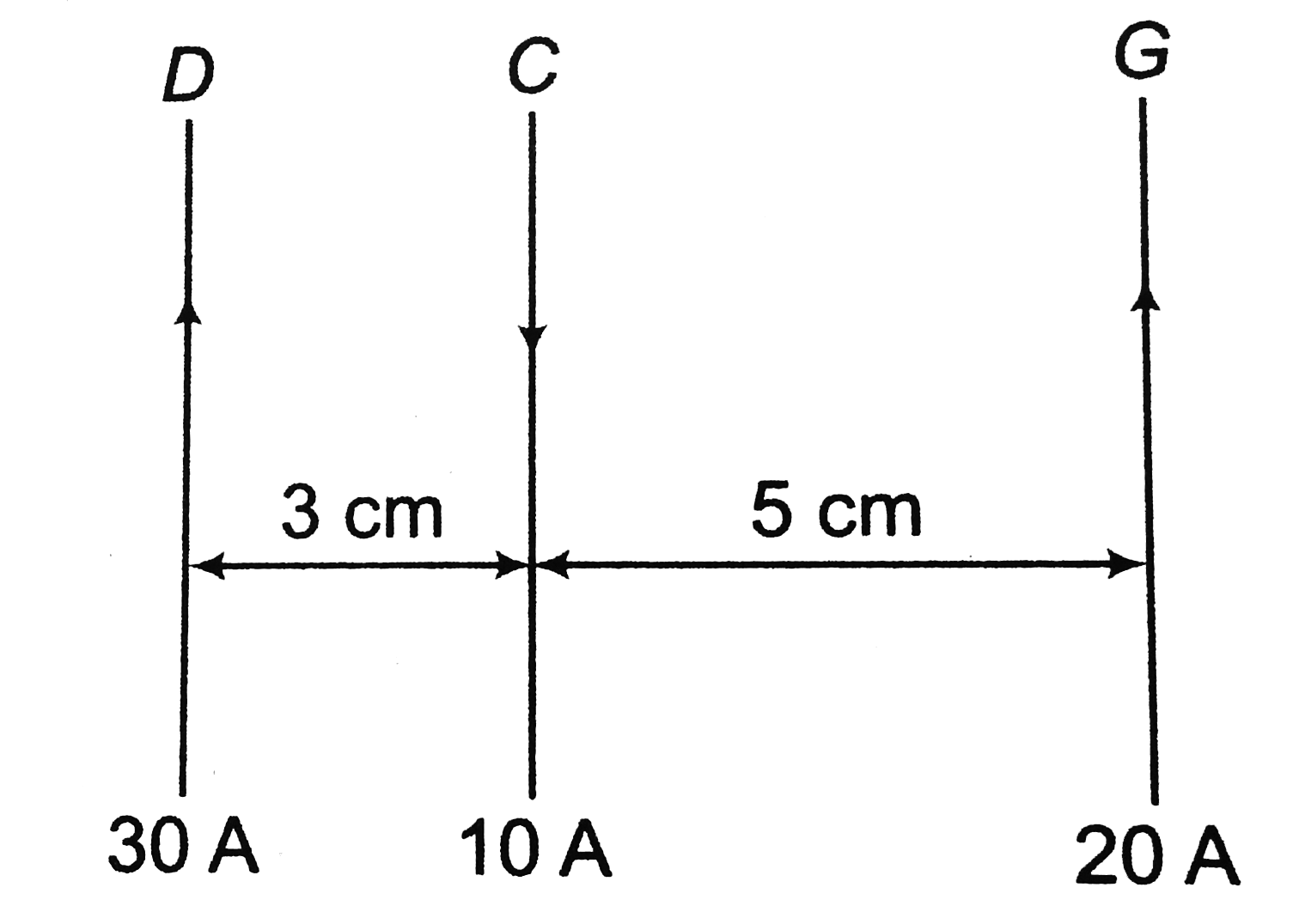
View SolutionIn figure shows three long straight wires P,Q and R carrying currents normal to the plane of the paper. All three currents have the same magnitude. Which arrow best shows the direction of the resultant force on the wire P
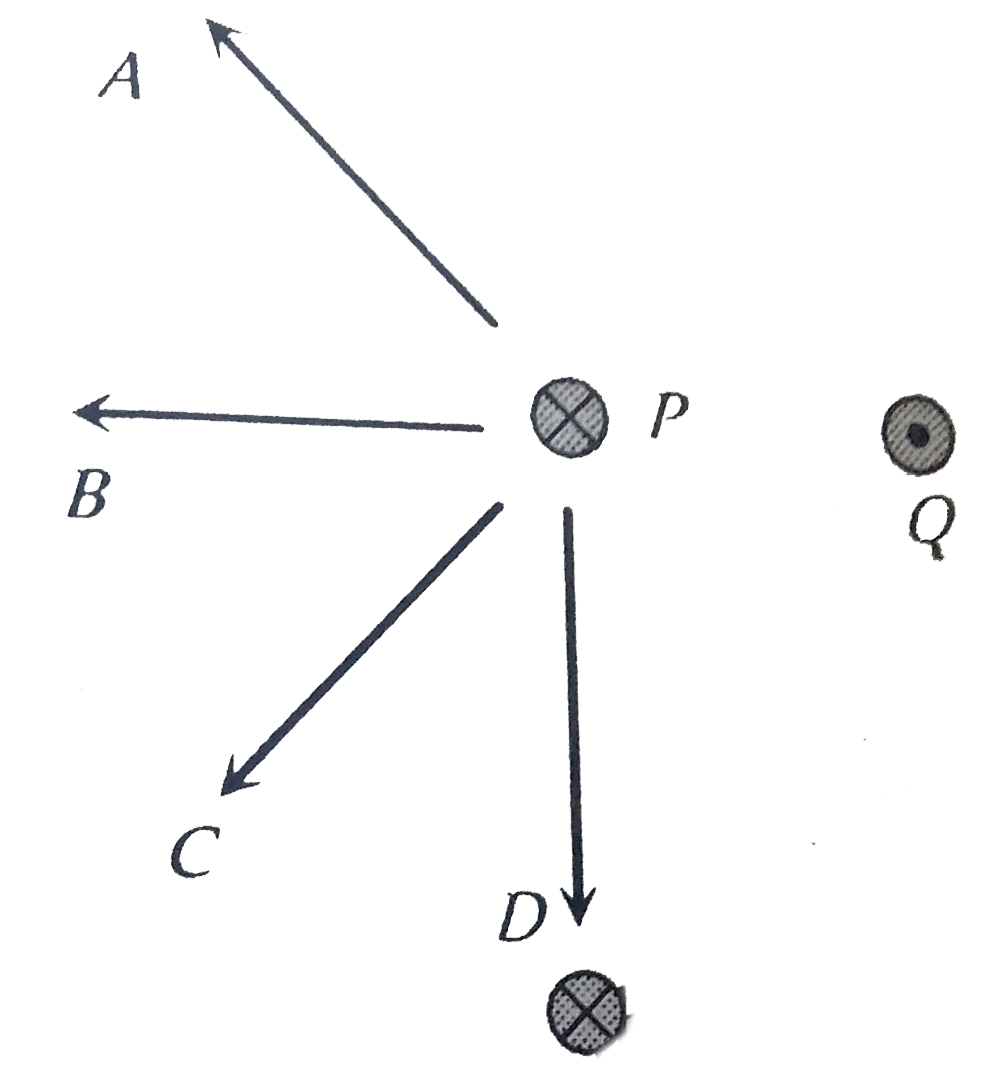
View SolutionThree long straight wires A, B and C are carrying current as shown in figure. Then the resultant force on B is directed
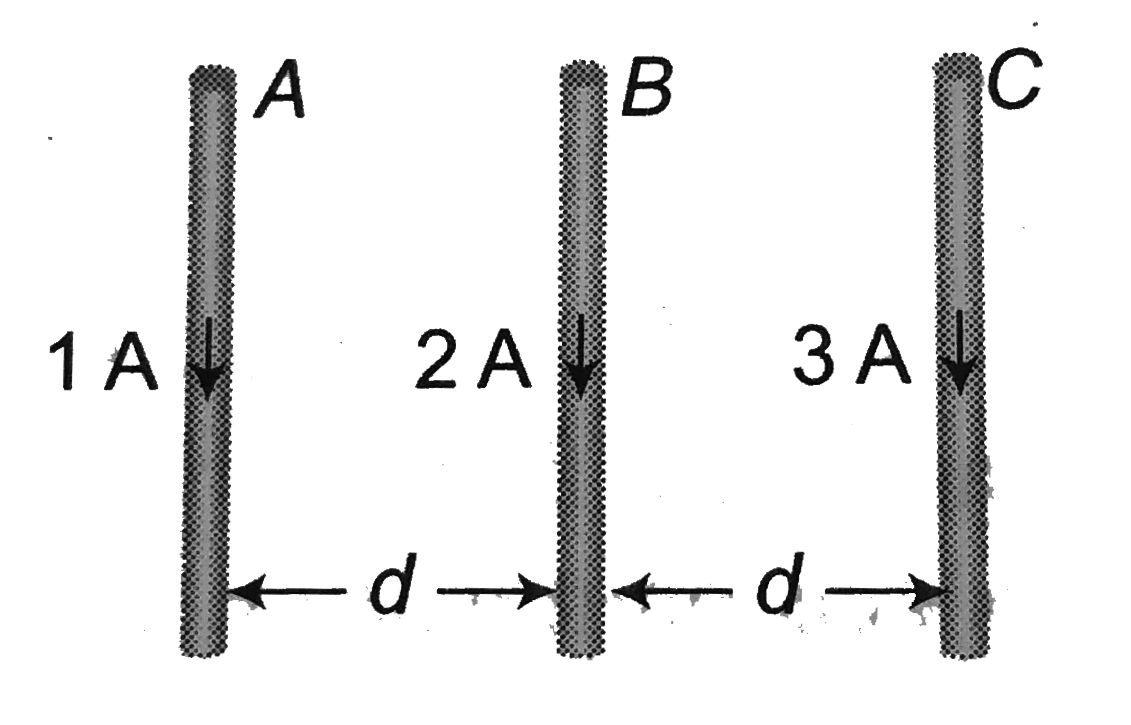
View SolutionA negative test charge is moving mear a long straight wire carrying a current. The force acting on the test charge is parallel to the direction of the current. The motion of the charge is:
View Solution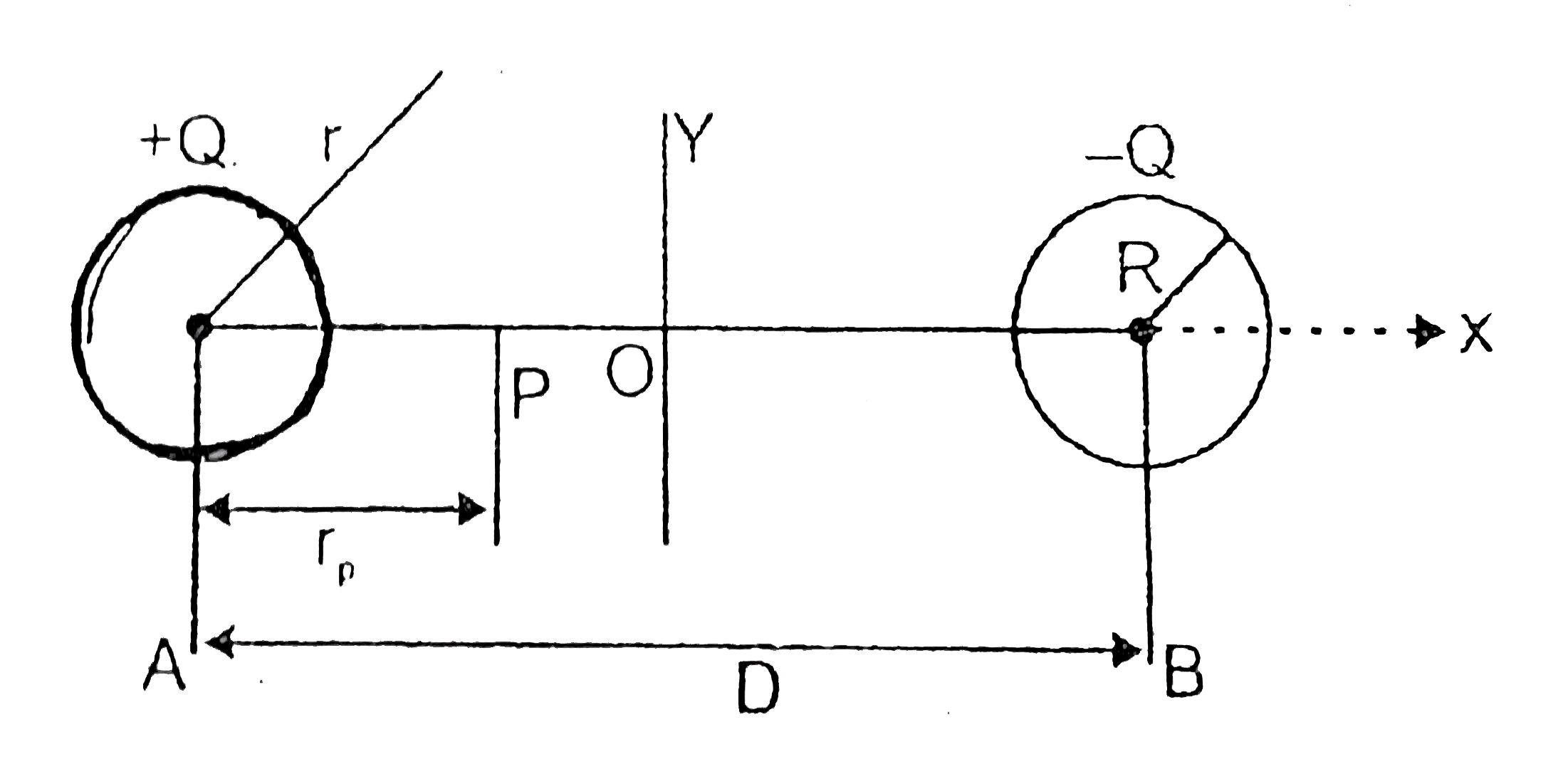
The figure shows two identical long straight metal wires, A and B placed parallel to z-axis the cross sectional radius of each wire is R and the separation of the two wires is D>>R. The electric potential at a perpendicular distance r>R from a long straight wire due to that wire is given by V=−kln(rR) where k is a positive constant. the wires carry charges +Q and −Q per unit length respectively. Then
Q. Consider a point P on the x-axis. The electric field at P is given by:
View Solution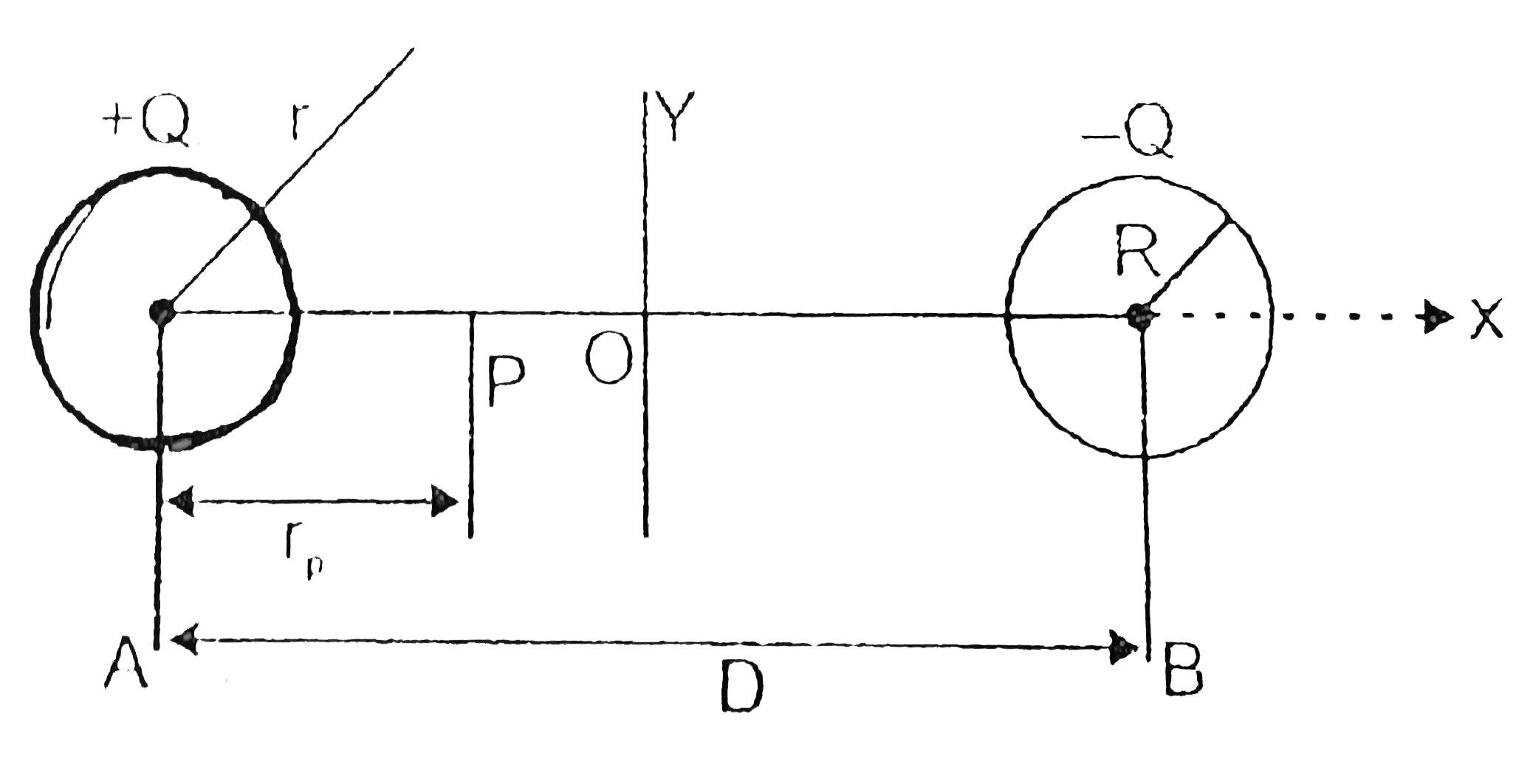
The figure shows two identical long straight metal wires, A and B placed parallel to z-axis the cross sectional radius of each wire is R and the separation of the two wires is D>>R. The electric potential at a perpendicular distance r>R from a long straight wire due to that wire is given by V=−kln(rR) where k is a positive constant. the wires carry charges +Q and −Q per unit length respectively. Then
Q. As D>>R, the electric field due to a long straight wire has cylindrical symmetry. The charge per unit length of the wire is
View SolutionTwo long straight wires are set parallel to each other Each carries a current i in the same direction and the separation between them is 2r. The intensity of the magnetic field midway between them is
View SolutionTwo long straight wires are set parallel to each other. Each carriers a current i in the same direction and the separation between them is 2r. The intensity of the magnetic field midway between them is

View SolutionP, Q and R are long straight wires in air, carrying currents as shown. The force on Q is directed
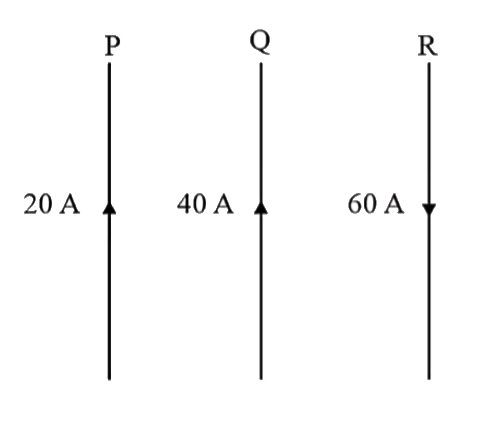
View SolutionThree long, straight and parallel wires are arranged as shown in Fig. The forces experienced by 10 cm length of wire Q is
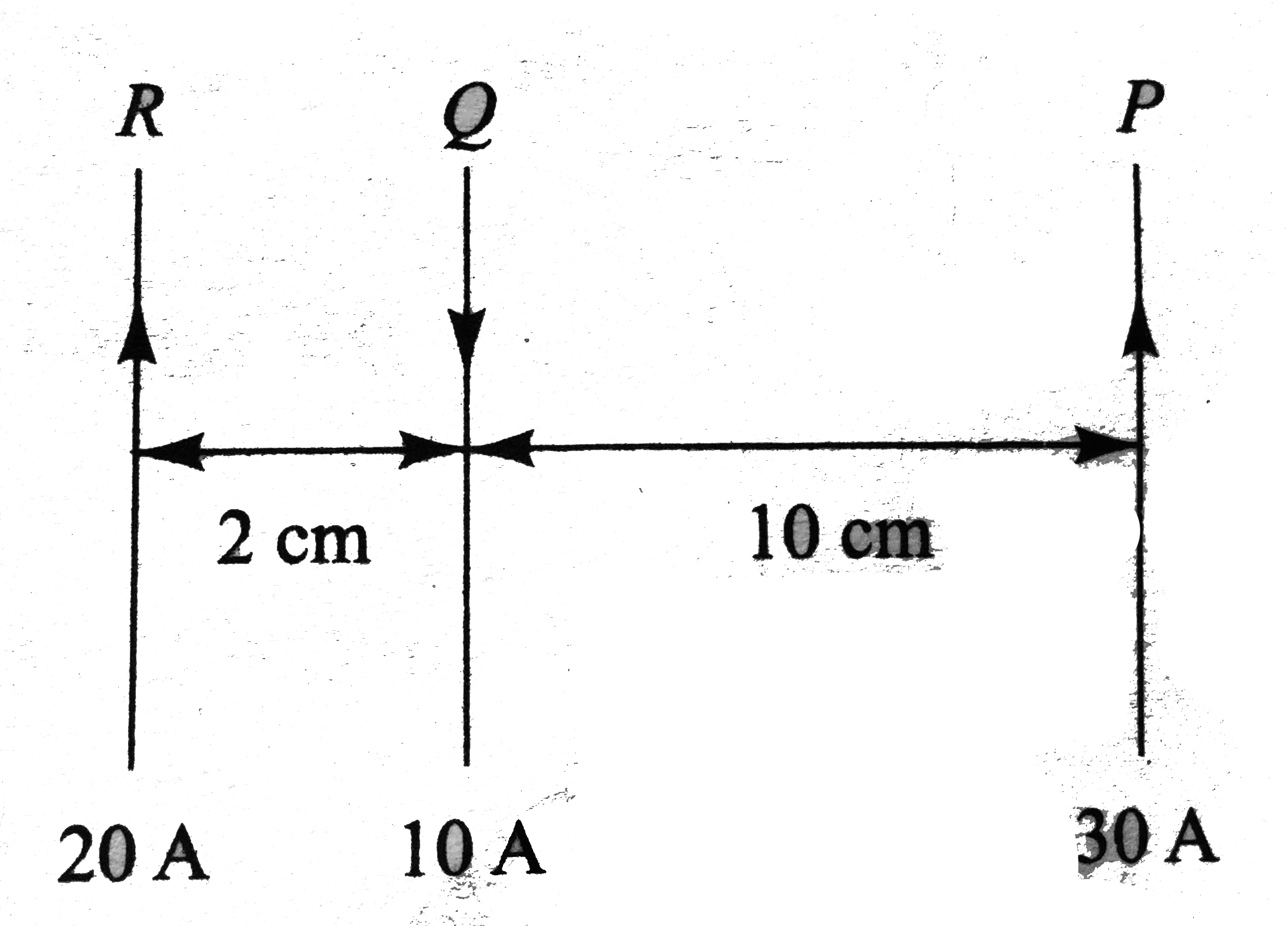
View Solution
